This post may contains affiliate links. Read our full disclosure here.
When I first heard about wine investing from a friend who worked at a boutique investment firm, I thought it sounded too good to be true. The idea of how to start a wine investment portfolio for beginners seemed like something only wealthy collectors could pursue. After spending years working in the wine industry and watching friends successfully build their portfolios, I realized that starting a wine investment portfolio isn’t as intimidating as it sounds. You don’t need a massive budget or decades of wine knowledge to begin.
Like any investment, wine requires research, patience, and smart decision-making. The beauty of wine investing lies in its tangible nature – you’re not just buying numbers on a screen, but actual bottles that have cultural significance and can appreciate over time. Whether you’re looking to diversify your investment portfolio or combine your love of wine with financial planning, understanding how to start a wine investment portfolio for beginners opens doors to a fascinating alternative asset class.
 Source: Exotic Wine Travel
Source: Exotic Wine Travel
Understanding Wine as an Investment Asset
Wine investing differs significantly from traditional stock or bond investments. When you learn how to start a wine investment portfolio for beginners, you’re entering a market where physical assets require proper storage, insurance, and market knowledge. The Liv-ex 1000 index, which tracks fine wine performance, has shown consistent growth over the past decade, often outperforming traditional investments during market volatility.
The wine market operates on scarcity principles – as bottles are consumed, remaining inventory becomes rarer and potentially more valuable. This contrasts sharply with stocks, where companies can issue more shares. Quality wine from exceptional vintages becomes increasingly scarce, driving up prices for remaining bottles.
Key advantages of wine investing include:
- Tangible asset ownership – You own physical bottles, not just paper certificates
- Inflation hedge – Fine wine often maintains value during economic uncertainty
- Portfolio diversification – Low correlation with traditional financial markets
- Cultural significance – Wine has intrinsic value beyond pure investment potential
My boyfriend initially questioned my interest in wine investing until I showed him how understanding wine vintages directly impacts investment potential. Great vintages from renowned producers can appreciate 10-15% annually, while poor vintages may stagnate or decline.
Essential Wine Investment Fundamentals
Before diving into how to start a wine investment portfolio for beginners, you need to understand what makes wine investment-worthy. Not every bottle in your local wine shop qualifies as an investment-grade wine. Professional wine investors focus on specific criteria that historically drive appreciation.
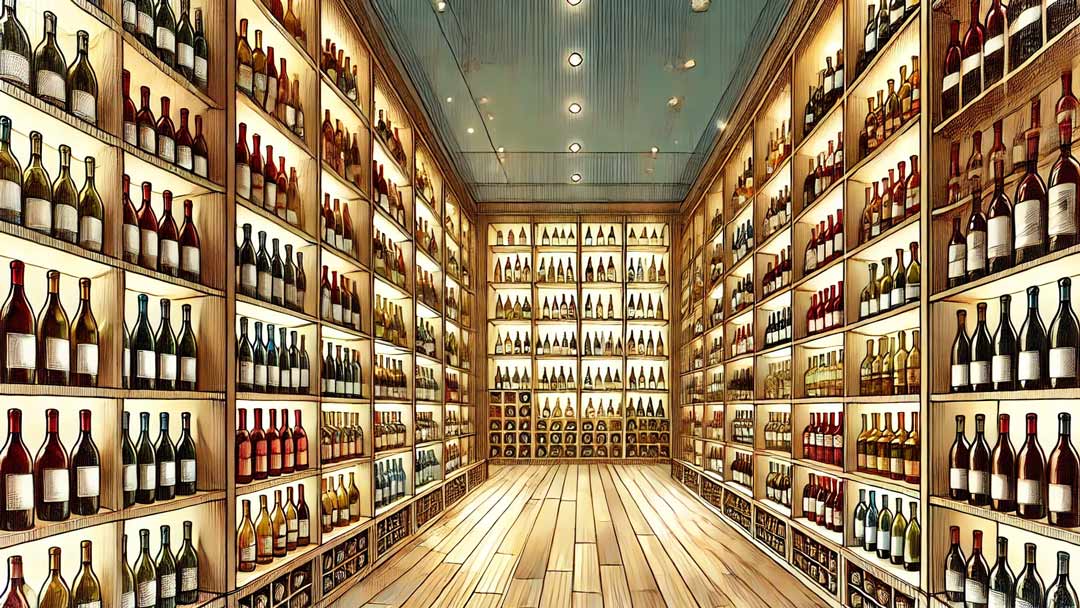 Source: Cult Wines
Source: Cult Wines
Investment-grade wine characteristics:
- Established producers – Wines from renowned estates with proven track records
- Limited production – Scarcity drives long-term value appreciation
- Ageability – Wines that improve with proper cellaring over decades
- Market recognition – Bottles tracked by wine indexes and auction houses
- Provenance – Verifiable storage history and authenticity
The most successful wine investments typically come from Bordeaux first growths, Burgundy grand crus, vintage Champagnes, and select Rhône Valley producers. These regions have centuries of reputation building and consistent quality standards that investors trust.
Working in wine retail taught me that investment-grade wines rarely appear on regular store shelves. Most are sold through allocation systems, wine auctions, or specialized investment platforms. This exclusivity contributes to their investment potential but also means beginners need to understand proper acquisition channels.
Setting Your Wine Investment Budget and Goals
Determining how much to invest in wine depends on your overall financial situation and investment objectives. When I started exploring how to start a wine investment portfolio for beginners, financial advisors recommended limiting alternative investments to 5-10% of your total portfolio. Wine investing requires patience – most successful investments hold bottles for 10-20 years before selling.
Budget considerations for beginners:
- Minimum investment – Most platforms require $1,000-$5,000 to start
- Storage costs – Professional storage runs $15-25 per case annually
- Insurance – Typically 1-2% of wine value per year
- Platform fees – Management fees range from 2-4% annually
- Exit costs – Auction houses charge 10-15% seller’s premiums
My friend Sarah started with a $3,000 budget focused on Bordeaux futures – purchasing wines before they’re bottled and released. This approach offers lower entry prices but requires 2-3 years before receiving the actual bottles. Her strategy worked well because she understood the specific vintages and producers she was buying.
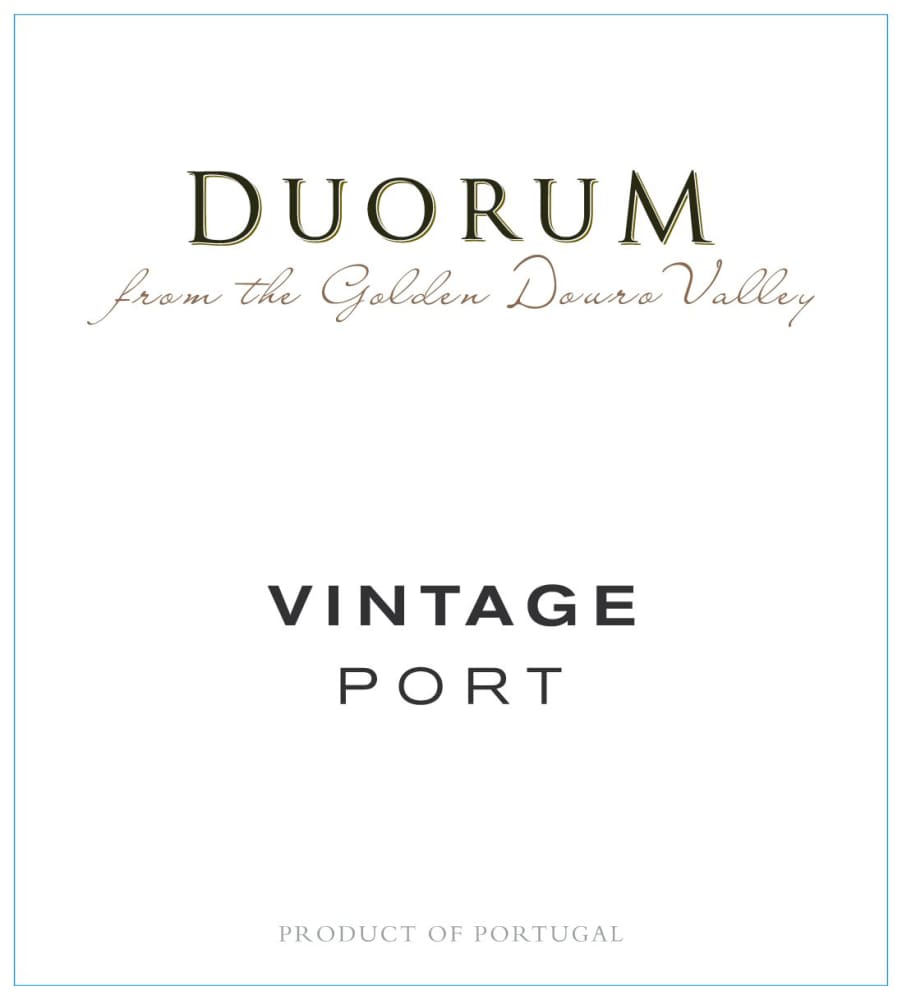
Consider your timeline carefully. Wine investing works best for medium to long-term goals. If you might need the money within five years, traditional investments probably make more sense. The wine classification systems that determine investment potential often take decades to establish, making patience essential.
Choosing the Right Wine Investment Platforms

Modern technology has made learning how to start a wine investment portfolio for beginners much more accessible. Several platforms now offer fractional wine investing, professional storage, and portfolio management services. Each platform has different minimum investments, fee structures, and wine selection approaches.
Popular wine investment platforms:
Vinovest offers managed portfolios starting at $1,000 with 2.85% annual fees. Their algorithm selects wines based on historical performance data, making it ideal for beginners who want professional management. They handle storage, insurance, and eventual sales.
Vint allows fractional investing in wine collections starting at $25 per share. You buy shares in specific wine collections rather than individual bottles. This approach provides diversification but less control over specific wine selection.
Traditional auction houses like Christie’s and Sotheby’s offer wine auctions for more experienced investors. These require significant wine knowledge and higher budgets but provide access to the finest investment-grade wines.
When I first researched platforms, I appreciated Vinovest’s educational resources and transparent fee structure. Their quarterly reports help beginners understand how their wine investments perform compared to traditional markets. The platform also provides detailed information about storage conditions and provenance tracking.
Wine Storage and Insurance Essentials
Proper storage is crucial for maintaining wine investment value. Temperature fluctuations, light exposure, and vibration can permanently damage wine, destroying investment potential. Professional storage facilities maintain optimal conditions that home cellars rarely achieve consistently.
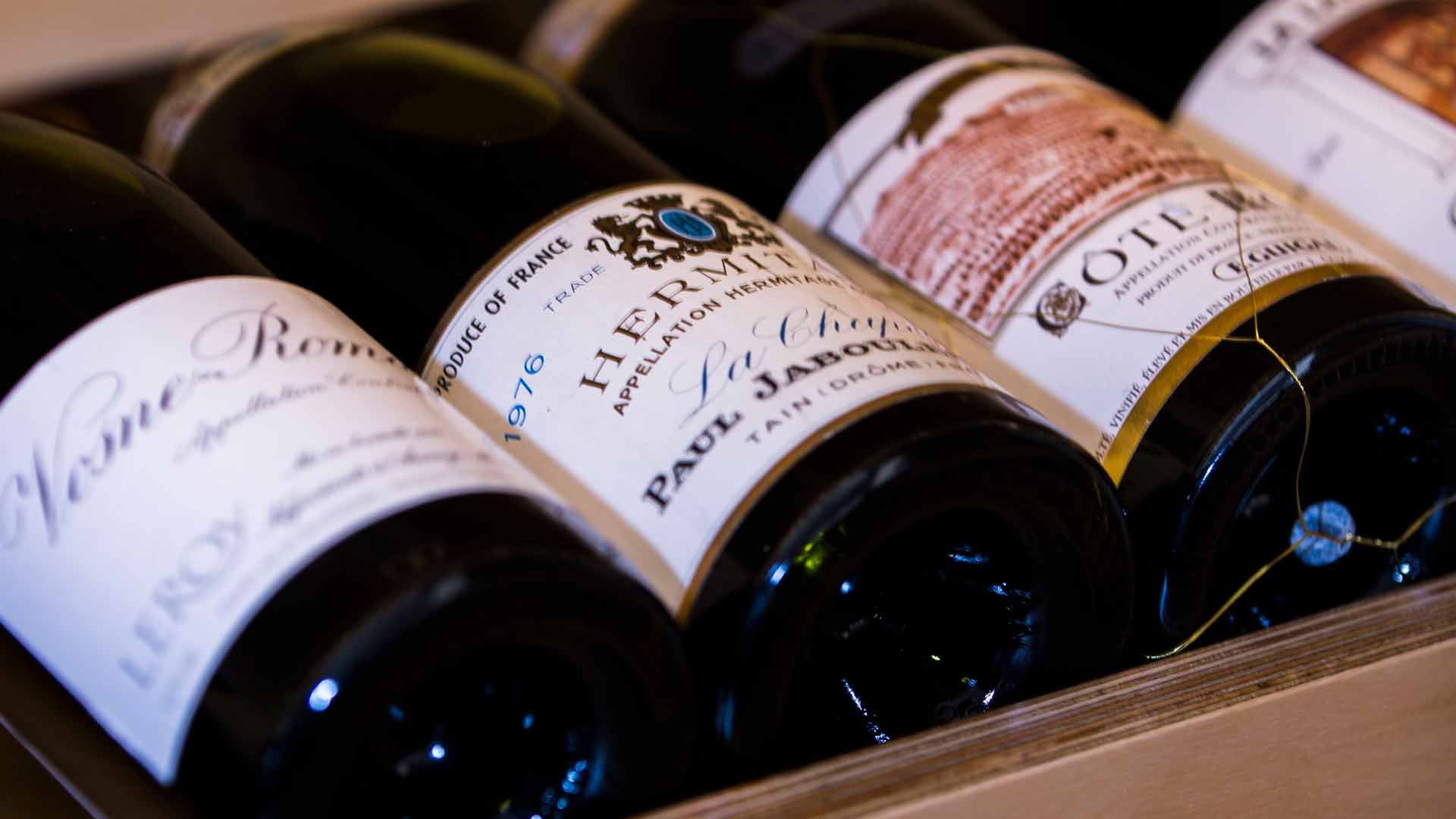 Source: Cult Wines
Source: Cult Wines
Professional storage requirements:
- Temperature control – Consistent 55-60°F (12-15°C)
- Humidity management – 60-70% relative humidity
- Minimal vibration – Specialized racking systems
- UV protection – Complete darkness or filtered lighting
- Security systems – 24/7 monitoring and access control
Storage costs vary by location and facility quality. In major cities, expect to pay $20-30 per case annually for professional storage. This might seem expensive, but it’s essential for protecting your investment. I learned this lesson when a friend’s home-stored wine collection suffered heat damage during a power outage, losing thousands in potential value.
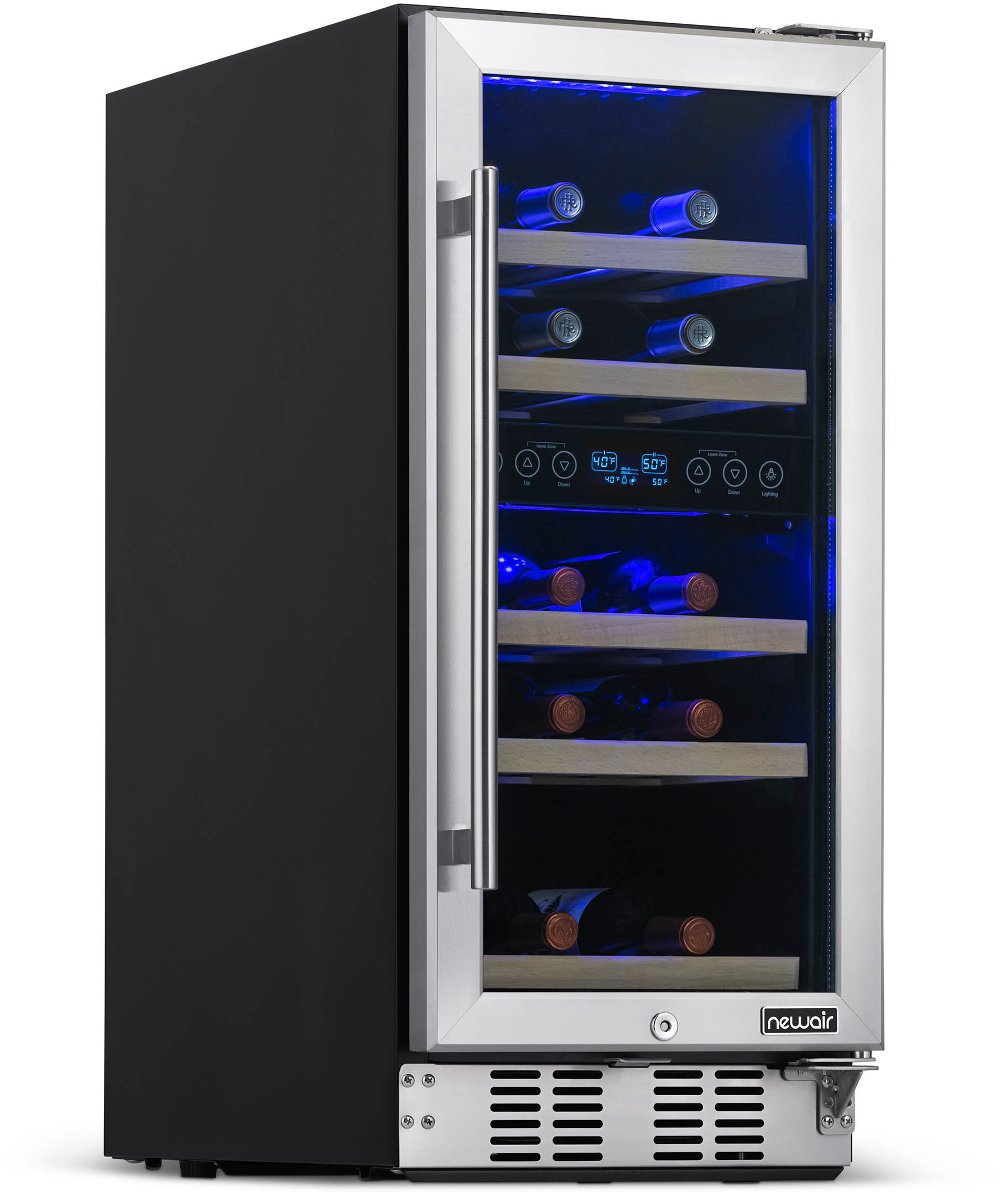
Insurance becomes increasingly important as your collection grows. Specialized wine insurance policies cover storage damage, theft, and even market value fluctuations in some cases. Standard homeowner’s insurance rarely covers wine investments adequately, making specialized coverage essential for serious investors.
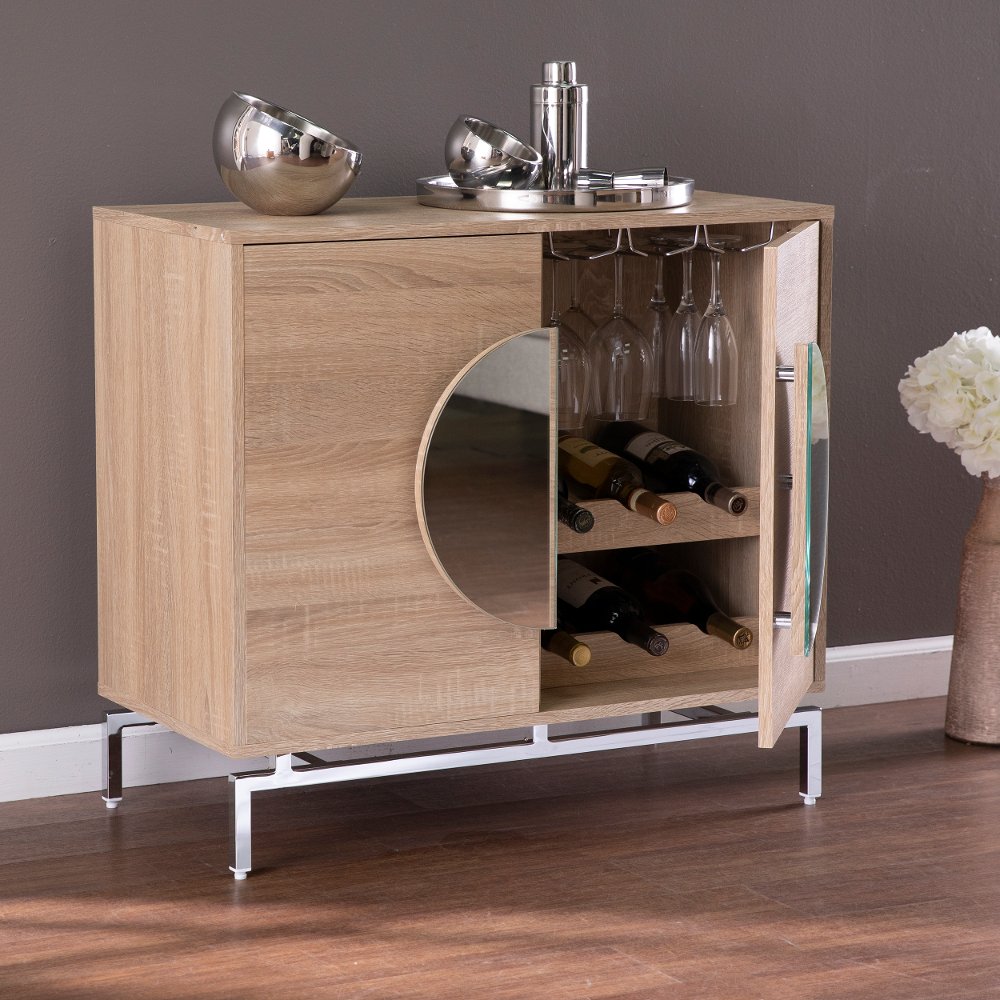
The wine preservation techniques used by professional storage facilities go far beyond simple temperature control. Advanced facilities monitor dozens of environmental factors continuously, ensuring your investment maintains its potential.
Building Your First Wine Investment Portfolio
Diversification is key when learning how to start a wine investment portfolio for beginners. Spreading investments across different regions, vintages, and price points reduces risk while maximizing potential returns. My approach focuses on balancing proven performers with emerging opportunities.
 Source: Wine Enthusiast
Source: Wine Enthusiast
Portfolio allocation strategies:
- Core holdings (60-70%) – Established Bordeaux and Burgundy producers
- Growth investments (20-30%) – Emerging regions and younger producers
- Speculative positions (5-10%) – Rare vintages and cult wines
Start with wines that have established track records and liquid secondary markets. Bordeaux first growths like Lafite, Latour, and Margaux consistently perform well at auction. Burgundy offerings from producers like Domaine de la Romanée-Conti command premium prices but require higher initial investments.
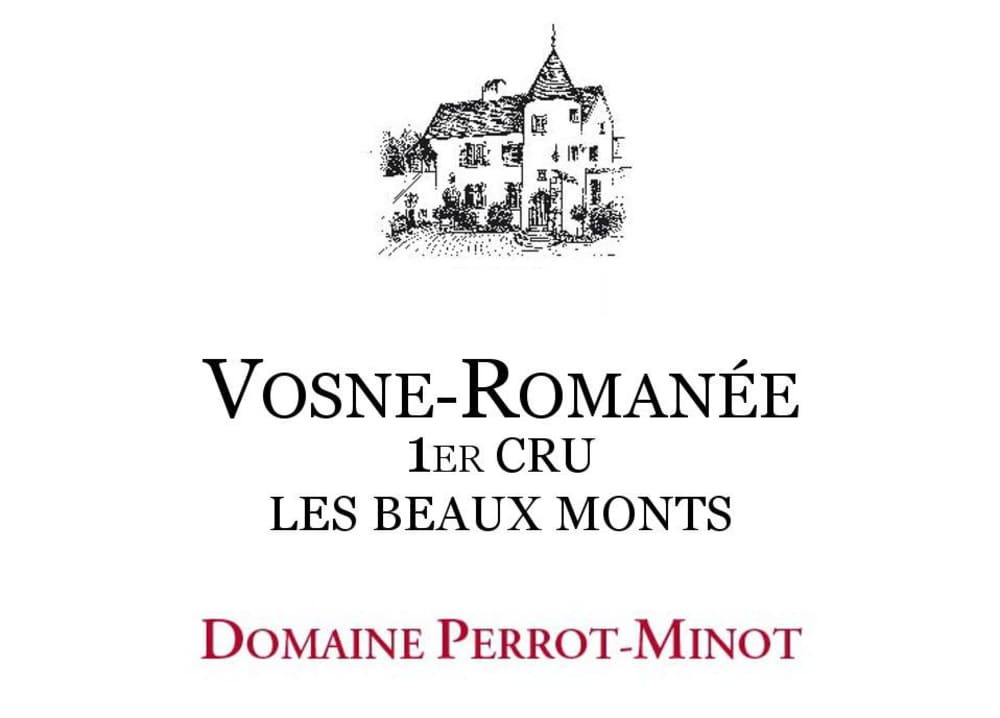
Consider vintage variation carefully. Exceptional years like 2005, 2009, and 2010 in Bordeaux typically appreciate faster than average vintages. However, great vintages also cost more initially, potentially limiting returns. My strategy balances exceptional vintages with solid, undervalued vintages that may appreciate as they mature.
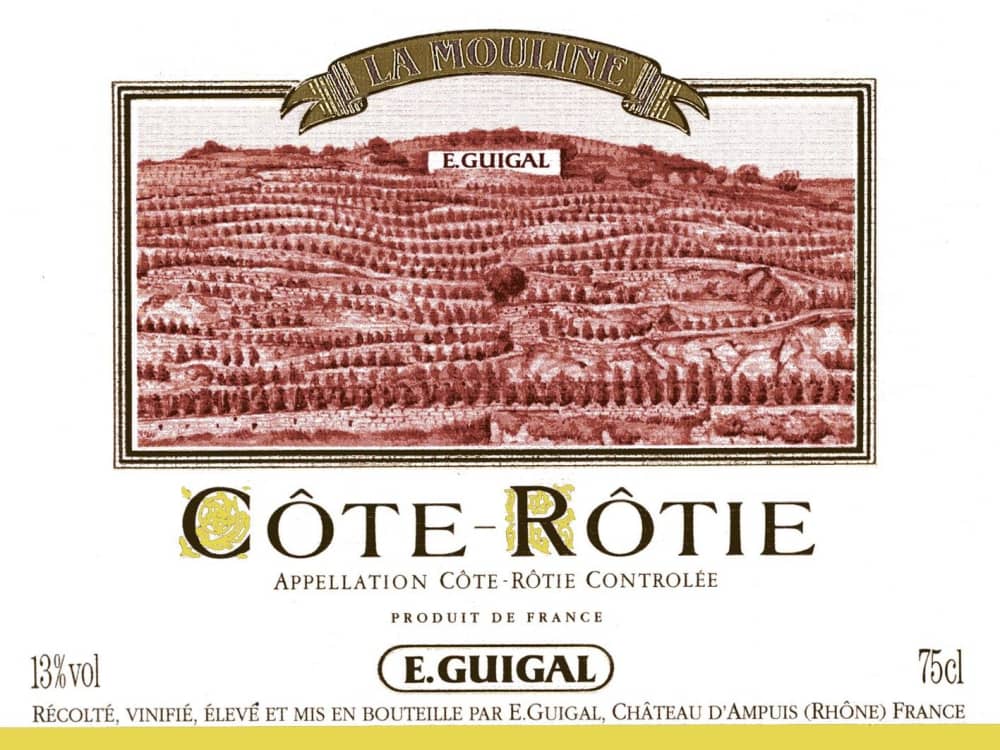
Don’t overlook Champagne investments. Vintage Champagnes from houses like Krug, Cristal, and Dom Pérignon have shown consistent appreciation. They also offer more liquid markets than some Burgundy investments, providing easier exit strategies when needed.
📹 Expert Wine Investment Guidance
For a comprehensive overview of wine investment strategies, I recommend watching this excellent video by Master of Wine Konstantin Baum:
Konstantin Baum explains the fundamentals of wine investing, including what makes wines investment-worthy and how to avoid common pitfalls.
Research and Due Diligence Strategies
Successful wine investing requires continuous learning and market awareness. Professional critics’ scores, auction results, and production data all influence investment potential. When I started learning how to start a wine investment portfolio for beginners, I spent months studying wine publications and auction catalogs.
Essential research resources:
- Wine Spectator and Wine Advocate – Professional critic scores and reviews
- Liv-ex – Wine trading platform with market data and indices
- Wine-Searcher – Global wine price tracking and availability
- Auction house catalogs – Christie’s, Sotheby’s, and Acker Merrall results
Understanding critic scores helps predict market reception. Wines scoring 95+ points typically appreciate faster than lower-scored wines. However, be cautious of score inflation – a 92-point wine from a difficult vintage might offer better value than a 95-point wine from an exceptional year.
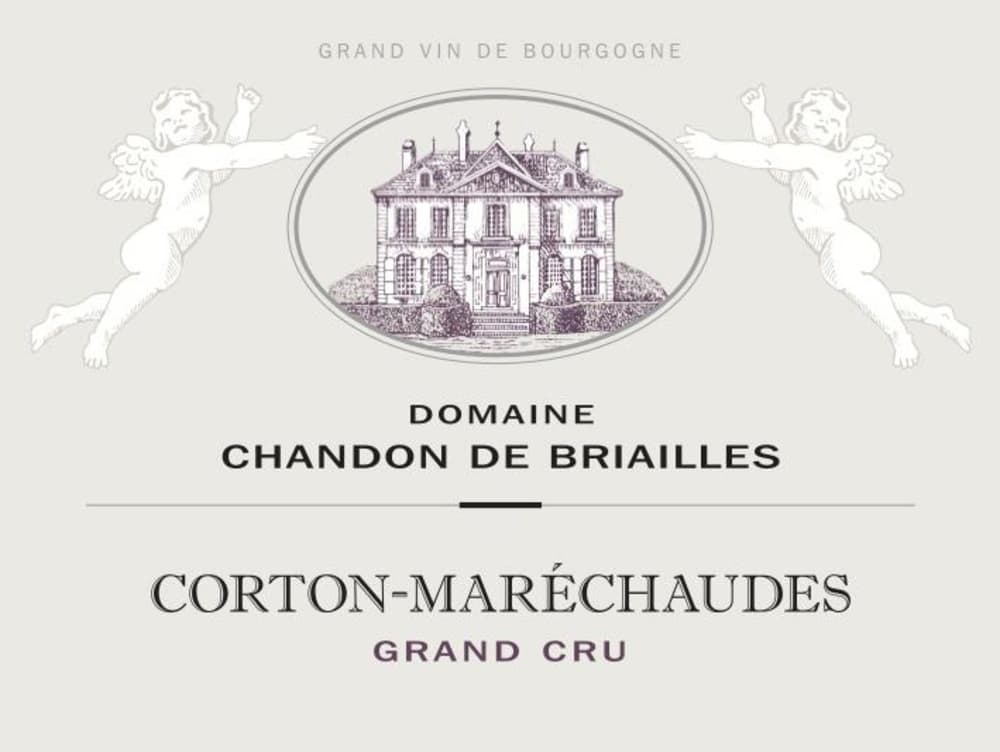
Production data reveals scarcity levels that drive investment potential. Wines produced in small quantities from renowned estates typically appreciate faster than mass-produced wines, even from the same producer. Research annual production numbers and compare them to market demand.
The wine tasting terminology used by professional critics influences market perception. Understanding how descriptors like “structured,” “age-worthy,” and “balanced” translate to investment potential helps identify promising opportunities.
Managing Risks and Common Pitfalls
Wine investing carries unique risks that traditional investments don’t face. Market volatility, storage issues, and authenticity concerns can all impact returns. Understanding these risks helps beginners make informed decisions about how to start a wine investment portfolio for beginners.
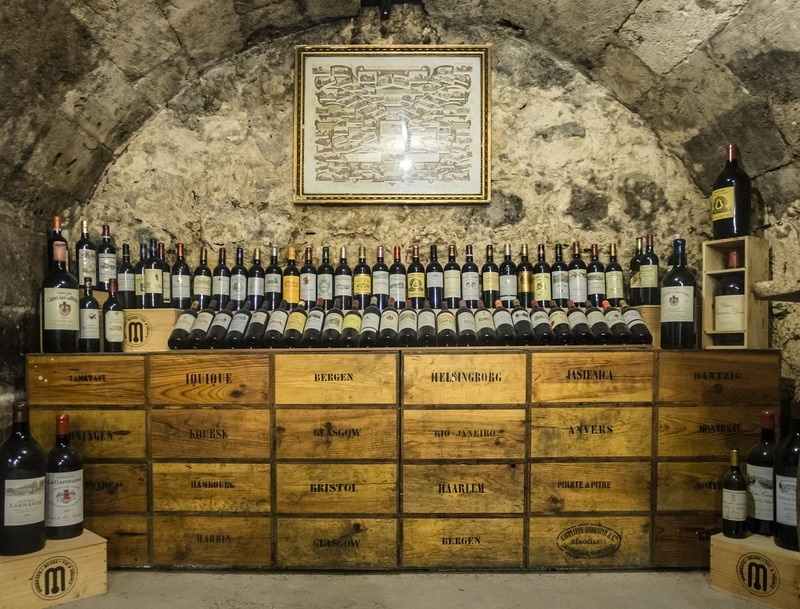 Source: JJ Buckley Fine Wines
Source: JJ Buckley Fine Wines
Primary wine investment risks:
- Market illiquidity – Difficult to sell quickly without price discounts
- Storage dependence – Proper storage is essential for maintaining value
- Authenticity concerns – Counterfeit wines can destroy investment value
- Vintage variation – Weather and production issues affect quality
- Changing tastes – Consumer preferences can shift over time
Counterfeiting is a serious concern in high-value wine markets. Fraudulent bottles of expensive wines like Petrus and Romanée-Conti have cost investors millions. Only buy from reputable sources with proper provenance documentation. Professional platforms typically verify authenticity before accepting wines into their programs.
Market timing can be challenging. Wine markets don’t always correlate with economic cycles, making it difficult to predict optimal buying and selling times. I’ve learned to focus on long-term trends rather than short-term fluctuations. Quality wine from exceptional producers and vintages tends to appreciate regardless of temporary market conditions.
Avoid emotional purchasing decisions. It’s tempting to buy wines you love drinking, but investment-grade wines should be selected based on market potential, not personal preferences. Keep your drinking wines separate from investment holdings to avoid conflicts between enjoyment and financial goals.
Tax Implications and Legal Considerations
Wine investments face complex tax treatment that varies by jurisdiction and holding period. In the United States, wine investments are typically treated as collectibles, subject to higher capital gains rates than stocks or bonds. Understanding these implications is crucial when learning how to start a wine investment portfolio for beginners.
Key tax considerations:
- Collectibles tax rate – Up to 28% on gains versus 20% for stocks
- Holding period requirements – Minimum one year for capital gains treatment
- Storage deductions – Possible business expense deductions in some cases
- Like-kind exchanges – Limited applicability for wine investments
Some investors structure wine investments through specialized entities to optimize tax treatment. However, these structures often require significant investment minimums and professional management. For beginners, understanding basic tax implications is usually sufficient.
State laws vary significantly regarding wine ownership and transportation. Some states restrict wine imports or require special licenses for investment-grade wine ownership. Research your local regulations before making significant investments. Professional platforms typically handle compliance issues, but individual investors need to understand their obligations.
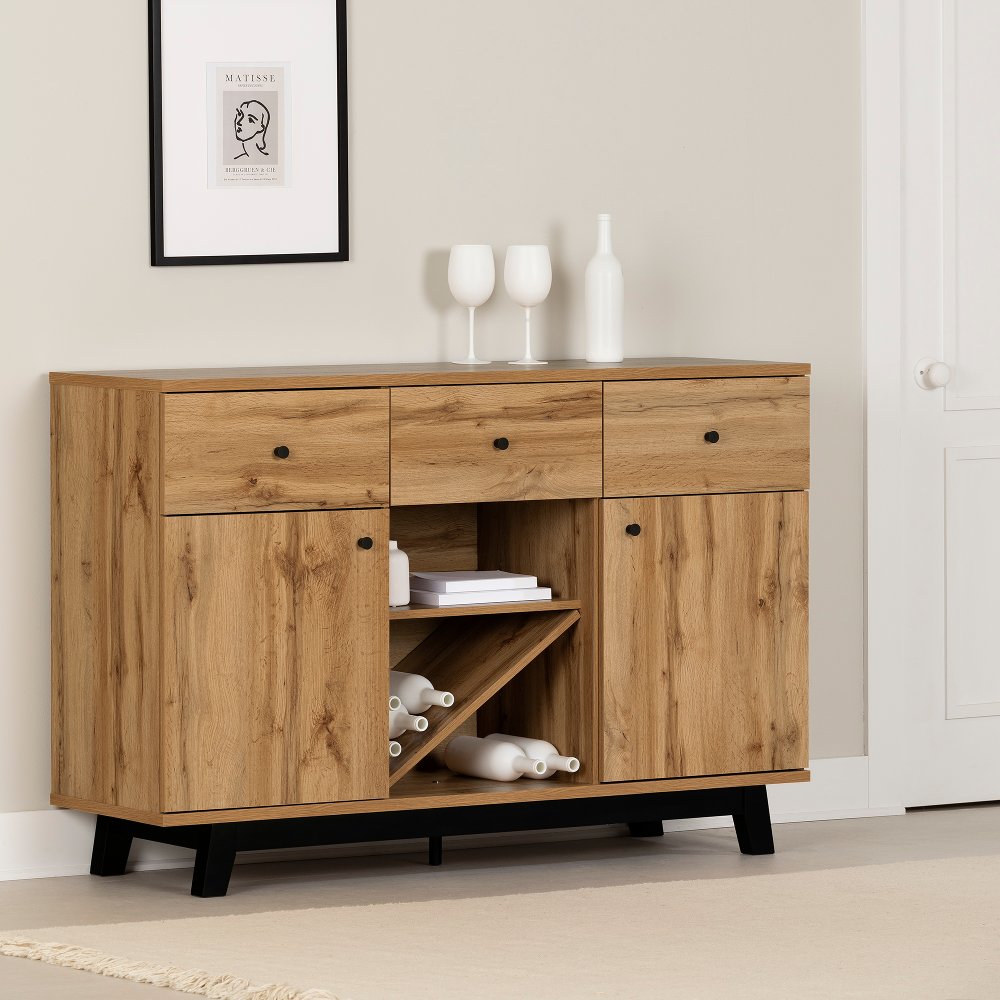
Insurance proceeds from damaged or stolen wine may be taxable depending on the circumstances. Keep detailed records of purchase prices, storage costs, and insurance payments to properly calculate tax obligations when selling.
Creating Your Wine Investment Strategy
Developing a clear strategy helps guide decision-making and maintain focus on long-term goals. When I coach friends on how to start a wine investment portfolio for beginners, I emphasize the importance of written investment plans that outline objectives, risk tolerance, and exit strategies.
Strategic components to consider:
- Investment timeline – 10-20 year holding periods typical for best returns
- Risk tolerance – Balance between proven performers and growth opportunities
- Geographic focus – Concentrate on regions you understand well
- Price targets – Set clear buying and selling criteria
- Portfolio review schedule – Regular assessment of holdings and performance
My strategy focuses on Bordeaux first growths and Burgundy grand crus, regions I understand well from my wine industry experience. I allocate 70% to proven performers and 30% to emerging opportunities. This balance provides stability while allowing for growth potential.
Consider seasonal buying patterns. Wine futures are typically offered in spring following harvest, providing the best entry prices. However, this requires patience as you won’t receive bottles for 2-3 years. Established vintages available for immediate purchase cost more but provide immediate gratification.
The wine tourism experiences I’ve enjoyed help inform my investment decisions. Visiting producers and understanding their philosophies provides insights that pure market analysis might miss.
📹 Building Your Wine Portfolio
For detailed guidance on portfolio construction, watch this informative video:
RareWine provides practical advice on diversifying your wine investments and managing risk.
Monitoring and Evaluating Performance
Tracking wine investment performance requires different metrics than traditional investments. Wine doesn’t pay dividends or provide regular income, so total return calculations focus on appreciation and storage costs. Professional platforms provide performance reporting, but individual investors need to maintain their own records.
Performance tracking methods:
- Annual appreciation rates – Compare current values to purchase prices
- Benchmark comparisons – Measure against wine indices like Liv-ex 1000
- Storage cost adjustments – Factor in annual storage and insurance costs
- Liquidity assessments – Monitor market activity for your holdings
I review my wine investments quarterly, comparing performance to both wine indices and traditional investments. This helps identify underperforming holdings and rebalancing opportunities. Wine markets can be volatile short-term, so I focus on long-term trends rather than monthly fluctuations.
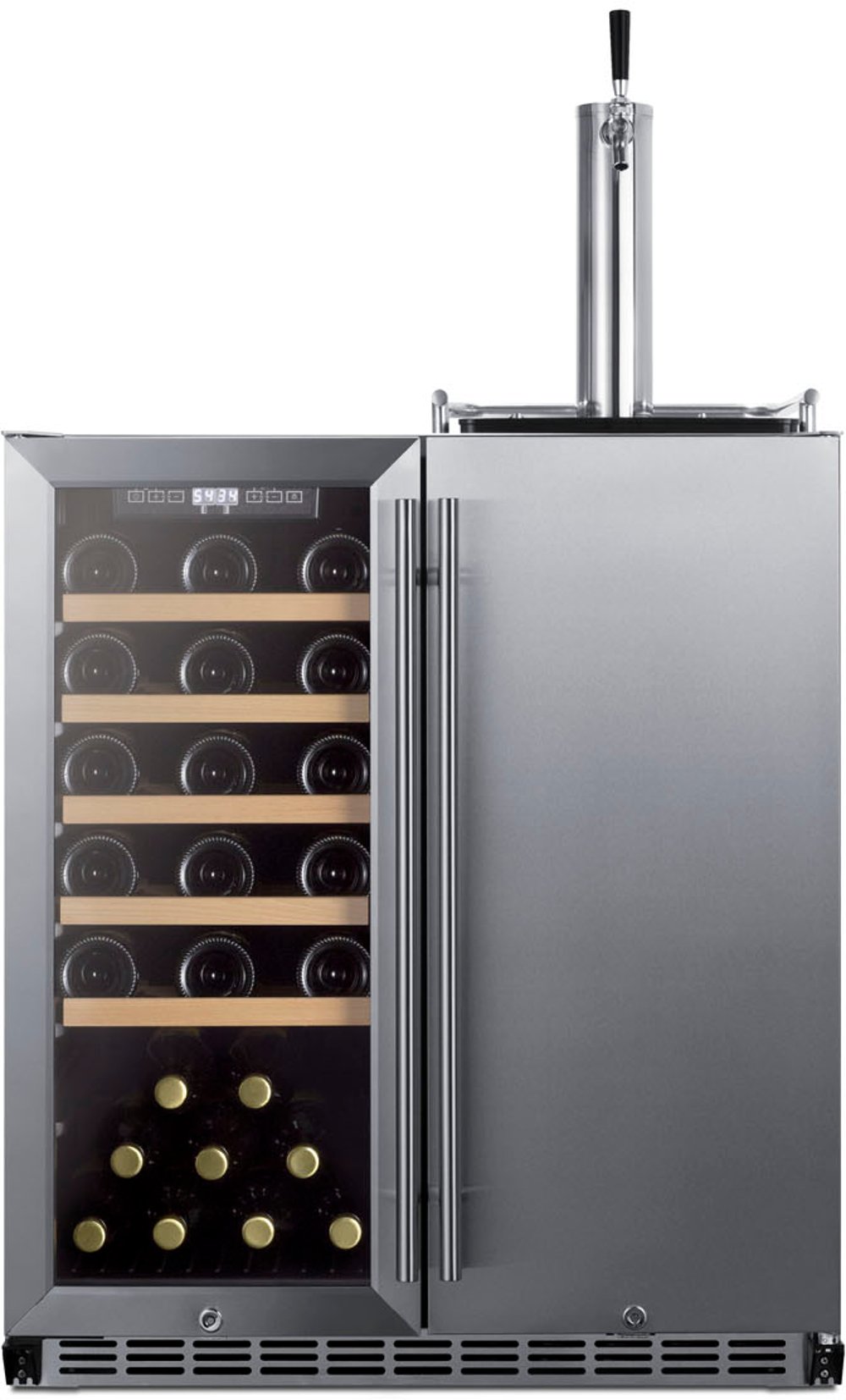
Market liquidity varies significantly between different wines. Bordeaux first growths typically have active secondary markets, while niche Burgundy producers may have limited buyer interest. Consider liquidity when building your portfolio, especially if you might need to sell holdings before maturity.
Professional appraisals become important as your collection grows. Annual appraisals help track performance and may be required for insurance purposes. Some platforms provide regular valuations, while individual investors might need to hire professional appraisers.
Exit Strategies and Selling Your Wine
Eventually, you’ll want to realize gains from your wine investments. Understanding exit strategies is crucial when learning how to start a wine investment portfolio for beginners. Different selling methods offer various advantages and challenges.
Common exit strategies:
- Auction houses – Best for rare and high-value wines
- Wine merchants – Convenient but potentially lower prices
- Online platforms – Growing markets with competitive pricing
- Private sales – Direct to collectors, best margins but more effort
- Investment platforms – Some platforms handle sales for fee
Auction houses like Christie’s and Sotheby’s offer access to serious collectors but charge significant fees. Seller’s premiums typically range from 10-15%, plus potential shipping and insurance costs. However, prestigious auction houses can achieve premium prices for exceptional wines.
Timing sales requires market awareness and patience. I’ve learned to avoid selling during market downturns unless absolutely necessary. Quality wine investments typically recover from temporary price declines, making patience profitable.
Consider the stories behind your wines when selling. Exceptional provenance, rare vintages, or unique circumstances can command premium prices. The health benefits research surrounding wine consumption also influences collector interest and pricing.
Long-Term Wealth Building Through Wine
Wine investing offers unique opportunities for long-term wealth building that traditional investments can’t match. The combination of scarcity, cultural significance, and global demand creates appreciation potential that can significantly outperform traditional assets over decades.
 Source: Vinovest
Source: Vinovest
Long-term wealth building advantages:
- Inflation protection – Tangible assets typically maintain purchasing power
- International diversification – Global wine markets reduce currency risk
- Cultural heritage – Wine has intrinsic value beyond financial returns
- Generational wealth – Quality wine can appreciate for decades
- Enjoyment factor – Investments you can eventually consume and enjoy
My wine investments have taught me patience and discipline that benefit all my financial decisions. The long-term nature of wine investing forces careful consideration of each purchase, building better investment habits overall.
Consider the educational value of wine investing. Learning about different regions, vintages, and producers expands cultural knowledge while building financial assets. This knowledge enhancement adds value beyond pure financial returns.
The wine production process understanding gained through investing also deepens appreciation for the craft and artistry involved. This cultural connection makes wine investing more engaging than purely financial investments.
Understanding how to start a wine investment portfolio for beginners opens doors to a fascinating world where passion meets profit. While wine investing requires patience, knowledge, and careful planning, it offers unique opportunities for portfolio diversification and long-term wealth building. Start small, focus on education, and gradually build your expertise alongside your collection. Remember that wine investing works best as part of a diversified investment strategy, not as your only investment vehicle. With proper research, professional storage, and patience, wine investing can provide both financial returns and personal satisfaction for years to come.




